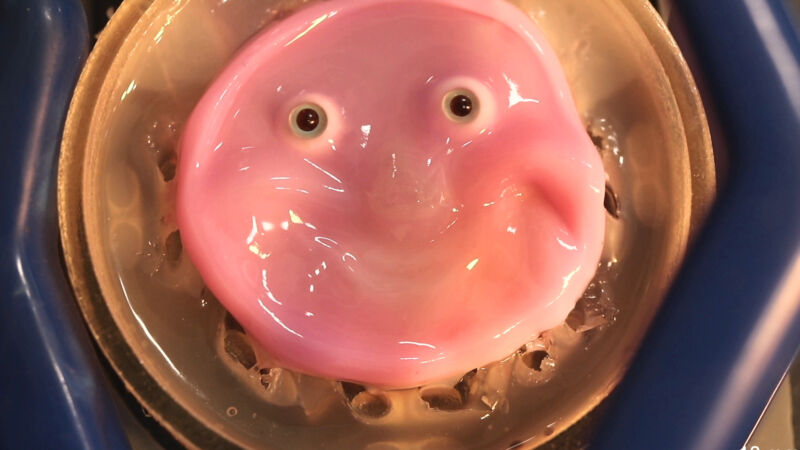‘The Wild Robot’ Sets Streaming Release Date on Peacock




Enlarge / A movable robotic face covered with living human skin cells. (credit: Takeuchi et al.)
In a new study, researchers from the University of Tokyo, Harvard University, and the International Research Center for Neurointelligence have unveiled a technique for creating lifelike robotic skin using living human cells. As a proof of concept, the team engineered a small robotic face capable of smiling, covered entirely with a layer of pink living tissue.
The researchers note that using living skin tissue as a robot covering has benefits, as it's flexible enough to convey emotions and can potentially repair itself. "As the role of robots continues to evolve, the materials used to cover social robots need to exhibit lifelike functions, such as self-healing," wrote the researchers in the study.
Shoji Takeuchi, Michio Kawai, Minghao Nie, and Haruka Oda authored the study, titled "Perforation-type anchors inspired by skin ligament for robotic face covered with living skin," which is due for July publication in Cell Reports Physical Science. We learned of the study from a report published earlier this week by New Scientist.